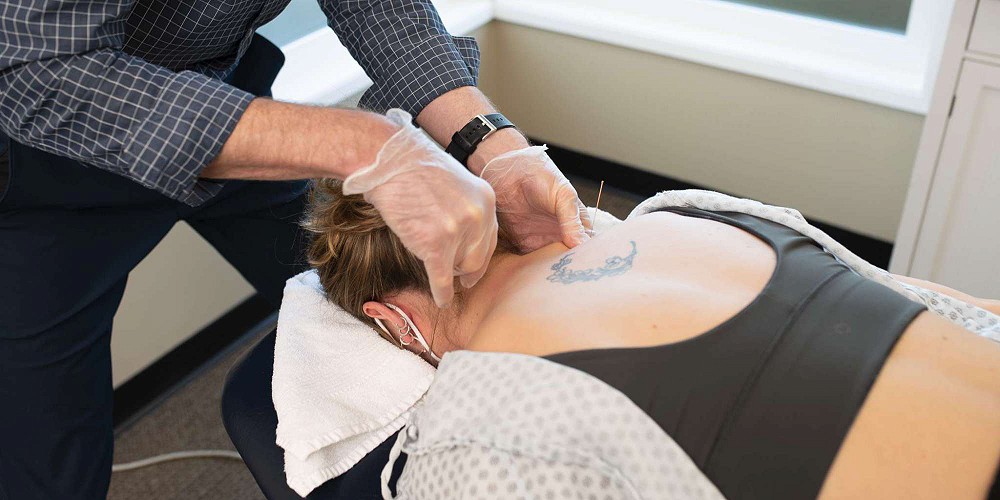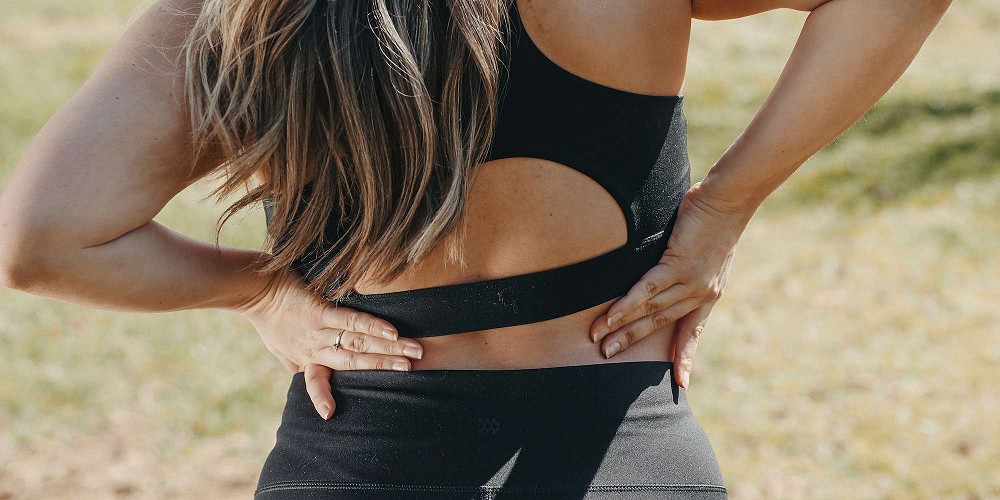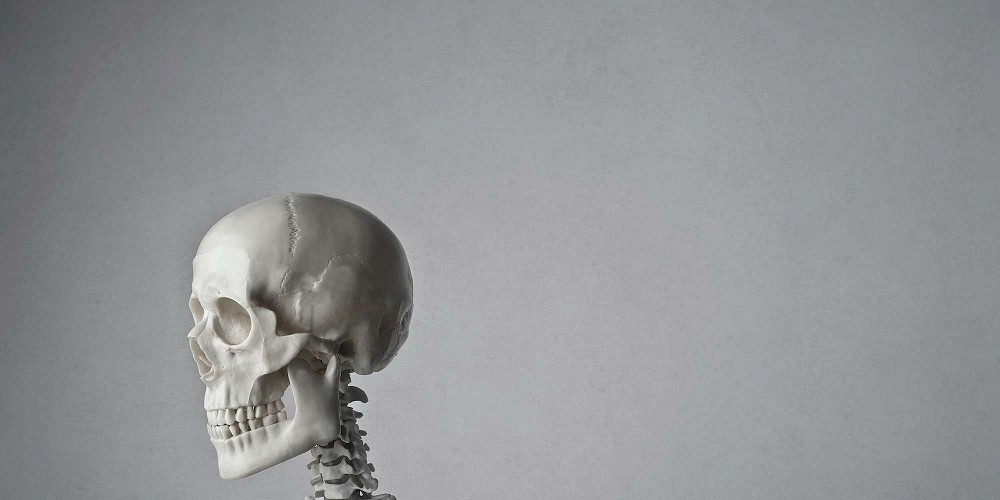Balance & Fall Prevention for the Elderly
Article by Kari Watson
The elderly are at the highest risk for falls which may cause serious trauma. So how can we help seniors prevent fall-related injuries?

Poor balance and environment can often lead to falls, especially in the older population.
- Falls are the sixth leading cause of death for seniors and the first leading injury-related cause of death in seniors. (3)
- Of individuals aged 65 years and over 30% will experience at least one fall each year.
- Falls are responsible for 95% of hip fractures.
- After experiencing a hip fracture only 50% of older patients are able to maintain their independence. (3)
While the chance of falls increase as we get older due to age-related risk factors, there are many contributing factors that we can control and can reduce the risk.
Intrinsic Factors
One of the main age-related risk factors is balance.
There are three primary body systems involved in maintaining balance: proprioception, vestibular, and vision.
- Proprioception refers to “body awareness” or our natural muscular response to physical stimulus in order to keep the body upright.
- Vestibular, or inner ear, uses head rotation and acceleration to determine the strength of the compensation reaction.
- Vision has less of an involvement, as visual input has a longer time delay, however it is most involved when on an unstable surface.
Changes in these three body systems are inevitable as we age and therefore we classify these as age related risk factors to falls.
External (Modifiable) Risk Factors
There are many external risk factors to falling, however some of the most modifiable include: Environment, Muscular Strength, and Personal Behaviour.
- Environment can be improved by removing tripping hazards such as rugs, loose cords and making sure lighting is adequate in the home.
- Improving muscular strength, especially in the quadriceps or thigh muscles, is one of the most critical changes one can make. (2)
- Personal behaviours such as wearing supportive shoes and walking with a gait aid help to minimize the risk. (3)
Reducing the Risk of Falls with Physiotherapy
Care provided by an interdisciplinary health care team can reduce falls by approximately 50% in senior fallers. (4)
As a member of this team, physiotherapists will help by analyzing what modifiable factors can be changed to minimize the risk, such as balance, strength, gait, coordination, and strength. (5)
Balance & Fall Prevention: Not Just for the Elderly
Anyone with neurological conditions, nerve damage or muscular weakness can benefit from proactive fall prevention.
Other causes of falls to be aware of include but are not limited to; medication, chronic illness, acute infections, poor vision, hearing loss, and changes in metal alertness.
The Ministry of Health, in partnership with the B.C. Injury Research and Prevention Unit has a great resource on fall prevention strategies and can be found here.
References
- http://www.physio-pedia.com/Balance
- Chandler, Julie, PhD et al, Is Lower Extremity Strength Gain Associated With Improvement in Physical Performance and Disability in Frail, Community-Dwelling Elders?, Arch Phys Med Rehabil, Vol 79, Jan 1998.
- Liu H. and Frank A., Tai chi as a balance improvement exercise for older adults: a systematic review, J Geriatr Phys Ther, 2010
- Liu-Ambrose T, Donaldson MG, Ahamed Y, Graf P, Cook WL, Close J, Lord SR, Khan KM: Otago home-based strength and balance retraining improves executive functioning in older fallers: a randomized controlled trial. J Amer Geriatr Society, 2008, Oct 2008.
- Howe T.E, et al., Exercise for improving balance in older people, Cochrane Database Syst Rev, 2011
You May Also Like...
-
 ArticleView Post
ArticleView PostAn Overview of Intramuscular Stimulation
Take a technical overview of IMS, a dry needling technique used to stimulate trigger points and reduce chronic myofascial pain.
-
 ArticleView Post
ArticleView PostA Pain in the Butt, or a Pain in the Back?
Could your leg pain actually be coming from your back? Let’s take a look at pain originating from the sciatic nerve, the largest nerve in your body.
-
 ArticleView Post
ArticleView PostPhysiotherapy for Temporomandibular Disorders (TMD)
Do you clench your jaw, grind your teeth or bite your nails? Does this lead to clicking, cracking, locking or pain in your jaw? Physiotherapy may be able to help!